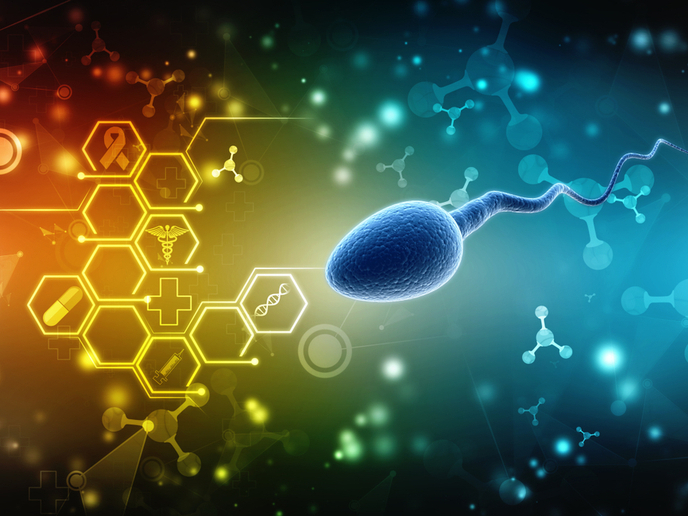Evolution of drug resistance
Cells have an intriguing ability to adapt to genetic and environmental perturbations. This often translates into the reorganisation of their metabolic networks, or changes in gene regulation and expression. However, the details of these processes both at the molecular and evolutionary level are poorly understood. Large-scale, systematic laboratory studies are required to investigate the evolution of bacterial cross-resistance and hypersensitivity under controlled conditions. To address this, scientists on the EU-funded project NETWORK EVOLUTION (Integrated evolutionary analyses of genetic and drug interaction networks in yeast) used the bacterium Escherichia coli to apply an integrated systems biology approach for deciphering cross- resistance between antibiotics. They combined high-throughput laboratory approaches, whole-genome sequencing and computational biology to interpret evolutionary experiments and study laboratory-evolved resistant strains. Researchers presented the first experimental map of cross-resistance and collateral sensitivity interactions. Results revealed that two antibiotics are evolutionarily connected if the adaptation to either antibiotic changed the sensitivity to the other. This network was consistent with large-scale co-resistance data from clinical isolates of the same species, indicating the medical relevance of this unique resource. Analysis of the evolutionary map identified general principles governing the evolution of cross-resistance patterns. This result paved the way towards in silico methods for predicting the cross-resistance propensity of novel antimicrobial compounds. Furthermore, the consortium identified a molecular mechanism underlying hypersensitivity of antibiotic-resistant bacteria to other agents. This will undoubtedly aid in the rational design of sequential multi-drug therapies. Taken together, NETWORK EVOLUTION addressed key issues in microbial adaptation to antibiotics. Importantly, it showed that it is possible to predict patterns of evolution that long-term will help make informed decisions in medicine.







